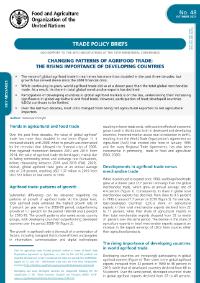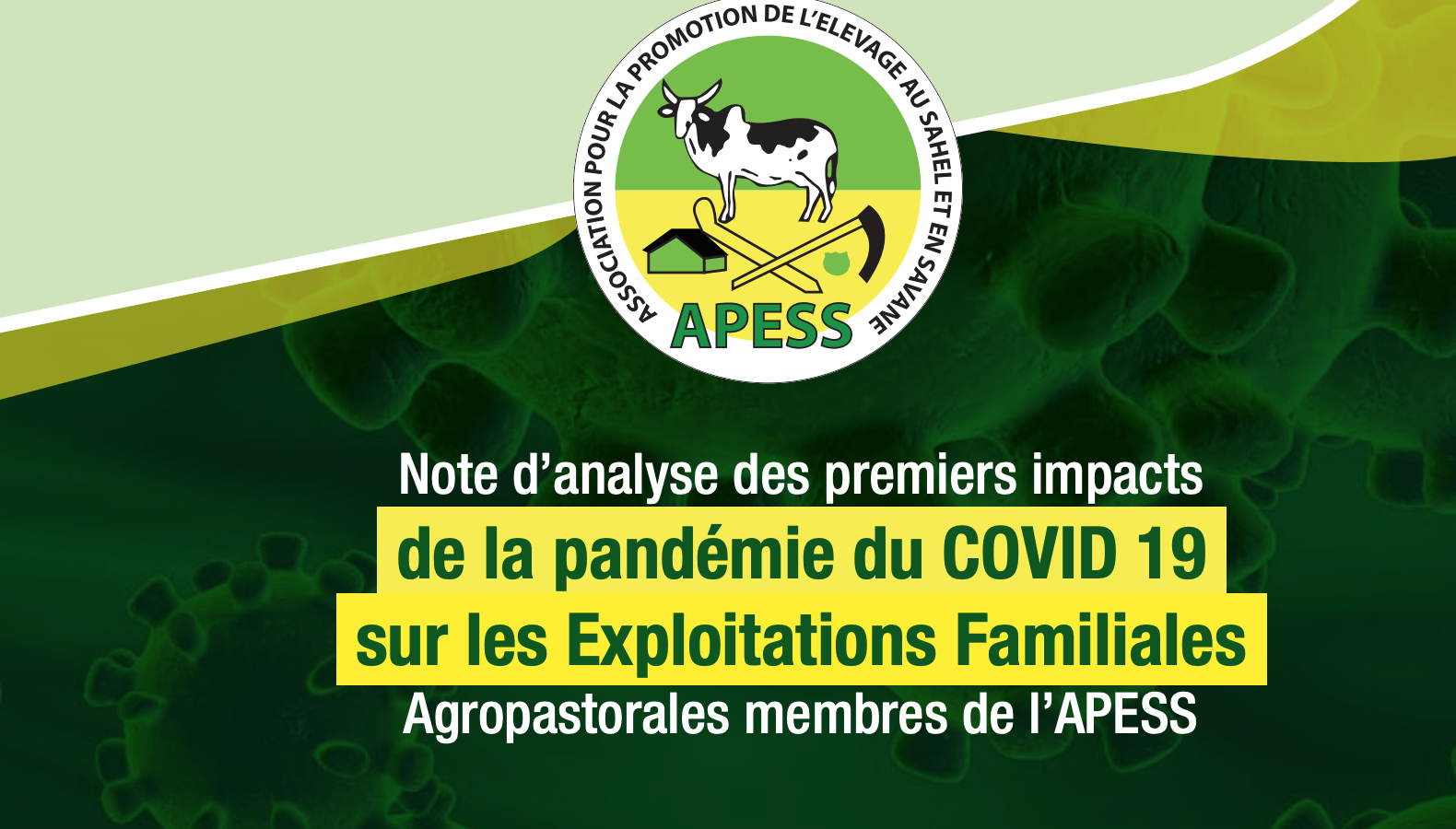système d'exploitation agricole
AGROVOC URI:
Une écologie de l’alimentation
Repenser nos alimentations, c’est repenser nos sociétés. Car partager un repas et même faire ses courses sont des moyens de se relier aux autres. La façon de nous nourrir construit notre santé. Nos modes de production agricole façonnent nos paysages et définissent notre place dans la nature. Gérer des ressources pour produire, pour transformer et pour distribuer les aliments fonde nos économies. Nos registres du comestible, nos cuisines et nos manières de table racontent nos cultures.
Un an d’histoires inspirantes d’entreprises et de PME africaines
Il y a un an, en novembre 2020, l’Organisation panafricaine des agriculteurs (PAFO) et le COLEACP ont lancé la Série Innovations pour présenter les innovations ainsi que les succès de petites et moyennes entreprises (PME) africaines dirigées par des agriculteurs.
Évolution des structures du commerce agroalimentaire: l’importance croissante des pays en développement
Le présent document d’orientation analyse les tendances du commerce agroalimentaire à l’échelle mondiale et par groupes de pays, en accordant une attention particulière aux modèles commerciaux dans les pays en développement.
Note d’analyse des premiers impacts de la pandémie du COVID 19 sur les Exploitations Familiales Agropastorales membres de l'APESS
Au moment où tous les pays d’Afrique de l’Ouest, à l’instar des pays des autres régions du monde, ont pris des mesures fortes pour contrer la propagation de la pandémie du COVID-19, l’APESS a voulu analyser les premiers effets de ces mesures sur ses membres.
Role of innovation in meeting food security challenges
Global food production must ramp up in the face of enormous challenges. We are all familiar with many of the key metrics surrounding the central food security challenge: By the year 2050, the earth’s population is expected to soar from the current 7bn about 9.6bn. It is estimated that in the next 40 to 50 years, we will need to produce as much food as was necessary in the previous 10,000.
AHI program brief
The African Highlands Initiative works to enhance livelihoods and reverse natural resource degradation
through the development of innovative methods,practices,policies and approaches.
Effects of Women Land Rights on Agricultural Outcomes in Rwanda
This study examines the effect of land rights on agricultural outcomes in Rwanda. We characterize the effects of land rights from two perspectives. The first one is land rights indicated by the right to sell and guarantee land and the second one is land titling. The agricultural outcomes include agricultural productivity, food security and nutritional diversity. From the results, land rights are found to have a positive relationship with all the outcome variables. The effect of land rights on agricultural productivity is larger if the household head is male.
Farming systems and Conservation Agriculture: Technology, structures and agency in Malawi
Conservation Agriculture (CA) is advocated as an agricultural innovation that will improve smallholder famer resilience to future climate change. Under the conditions presented by the El Niño event of 2015/16, the implementation of CA was examined in southern Malawi at household, district and national institutional levels. Agricultural system constraints experienced by farming households are identified, and in response the technologies, structures and agency associated with CA are evaluated.
Scale-appropriate mechanization impacts on productivity among smallholders: Evidence from rice systems in the mid-hills of Nepal
Smallholder farmers in the mid-hills of Nepal are facing an acute labor shortage due to out-migration which, in general, has affected the capacity to achieve timely crop establishment, harvest, and inter-cultural operations. These effects are more visible in the case of labor-intensive crops such as rice and promoting higher levels of rural mechanization has emerged as the primary policy response option. Nevertheless, quantitative evidence for the ability of mechanization to offset the adverse effects of shortages increasing labor prices in these systems is largely absent.
Agrarian transformation in Vietnam: land reform, markets and poverty
ABSTRACTED FROM INTRODUCTION: This paper traces the implications of key agrarian transformations −particularly the reforms in land policy and emerging land relations− for livelihood security and vulnerability. Part of a broader societal transformation and globalization of economies, these new development trajectories include commercialization of farmers’ produce, contract farming, cooperative sector reform, rising landlessness and tenant farming, and the end of exclusive dependence on land for earning a living.
Crop choice, farm income, and political control in Myanmar
Myanmar's agricultural economy has been under transition from a planned to a market system since the late 1980s and has experienced a substantial increase in production. However, little research is available on the impact of economic policies in this country on agricultural production decisions and rural incomes. Therefore, this paper investigates the impact using a micro dataset collected in 2001 and covering more than 500 households in eight villages with diverse agro-ecological environments.









